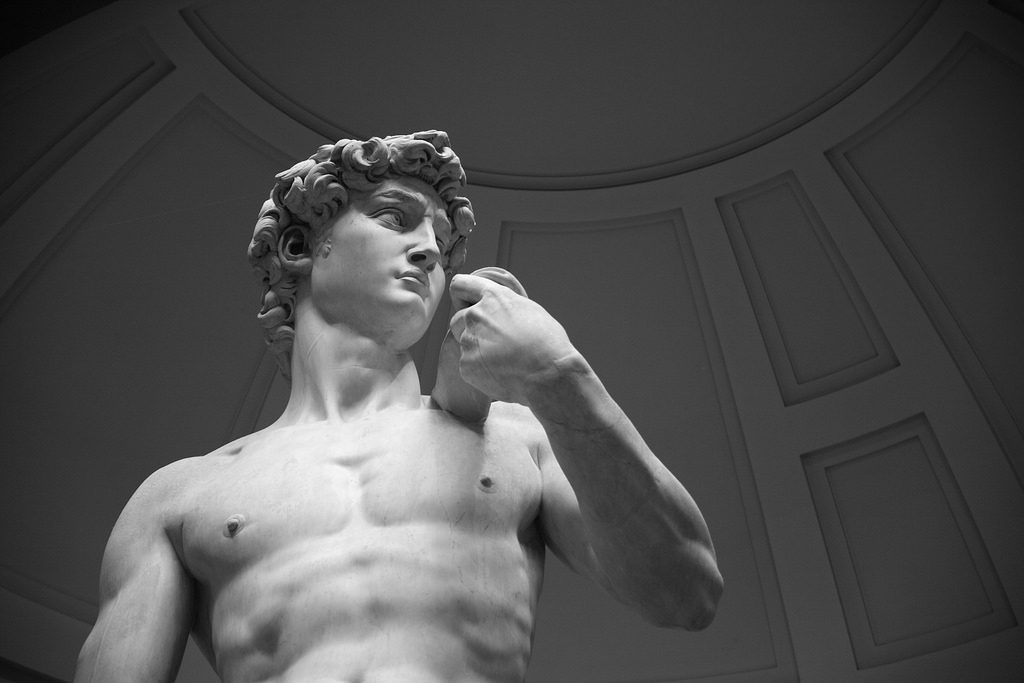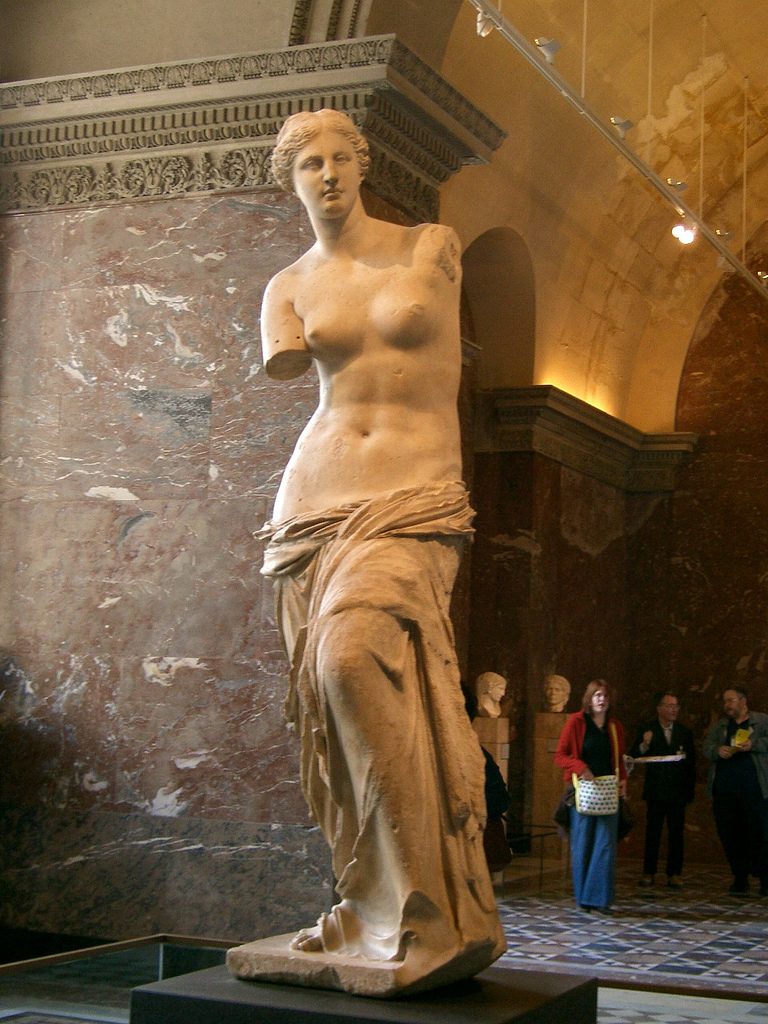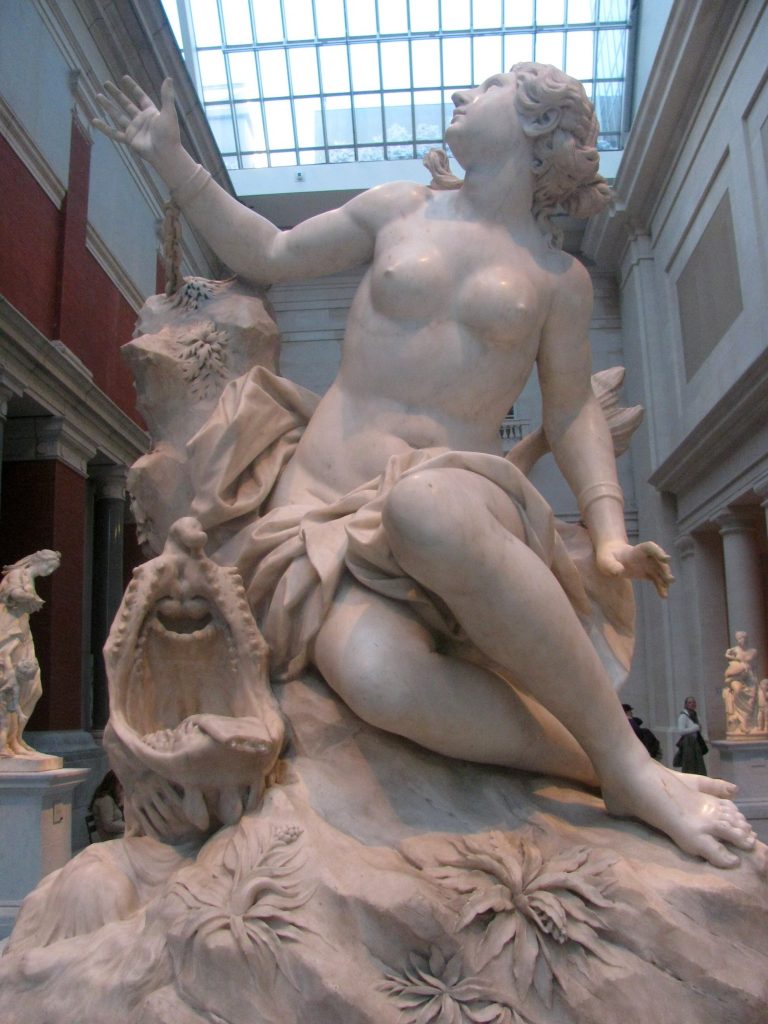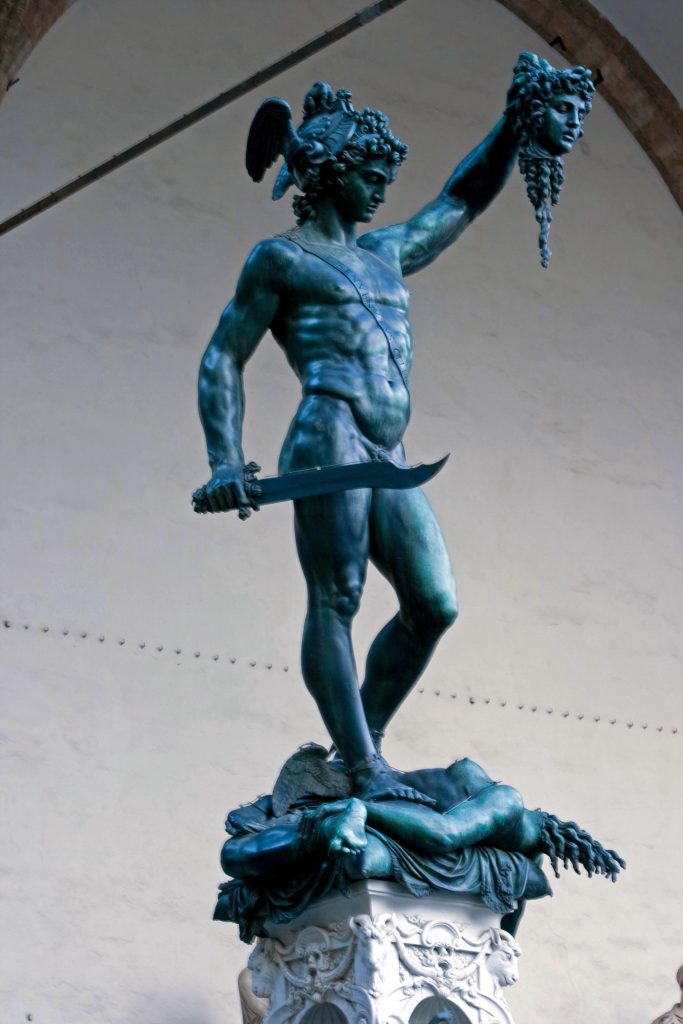From hand-leg to leg-throat. Posted by hulda on May 7, 2015 in Icelandic grammar, Uncategorized
Broadening your vocabulary is best started with themes, and I’m going to suggest body parts as a good first option! This is especially because you’ll find some dangers therein and some fairly interesting words as well, words that really make you wonder why and how do they even exist. Did the Icelanders of old just have a really wild imagination or a crazy sense of humor or… what?
Main parts
Líkami = body. Not to be confused with lík, which also means a body… just not a living one.
Höfuð = head. When used in compound words it usually means main-something such as in höfuðatriði (= main thing) or höfuðstaður (= capital city).
Öxl = shoulder, plural is axlir.
Búkur = torso.
Handleggur = arm. Also known as armur, but handleggur (lit. transl. “hand leg”) is my favourite!
Fótleggur/leggur = leg. Yes, I keep imagining fótleggur as foot-leg to match the arm-leg. 😀
Fótur = foot.
Hönd = hand. Icelanders don’t say “with open arms”, they say “tveimur höndum“, “two/both-handed”.
Head
Moving on to smaller pieces, your höfuð has eyru (= ears, singular “eyra“), augu (= eyes, singular “auga“), nef (= nose) and munnur (= mouth). Occasionally someone might notify you that kjaftur is also a name for your mouth and probably that it should be shut (haltu kjafti = shut up).
Inside you’ll have a tunga (= tongue – by the way, “language” is tungumál in Icelandic, lit. transl. “tongue language”) and possibly tennur/tannir/tönnur (= teeth), or hopefully at least a singular tönn (= a tooth).
Body
Below is the háls (= throat). It connects the höfuð to the axlar and bringa (= chest), also to the bak (= back). Handarkriki (= armpit) may still be possible to figure out, but do you know where you have geirvörtur, “spear warts”? Those would be your nipples and alas, I have no idea whose idea was to call them that. Singular form is geirvarta.
Mitti (= waist) lies across your magi (= belly) and below it are your mjaðmir (= hips, singular mjöðm). Kynfæri (= privates) depend a bit on the person they’re on: men have a getnaðarlimur (= lit. transl. “begetting organ”), reður or typpi for short. Women have a leggöng (= lit. transl. “leg route”), commonly known as a píka. On the backside both have rasskinn (= buttocks, lit. transl. “butt cheeks”), or simply just rass (= butt).
The hips continue to the læri (= thigh/thighs), fótleggir (= legs) and fætur (= feet). At the end of each fótur you have tær (= toes, singular tá) and on the other end hælar (= heels, singular hæll).
Toes
Toes have names… sort of. There’s stóratá/langatá (= big/long toe), also known as þumaltá (lit. transl. “thumb toe”). It’s followed by önnur tá, þriðja tá, fjórða tá and lítla tá (= second, third, fourth and little toe), but if that’s too unimaginative for you you can also call them Dyrgja, Bauga, Geira, Búdda and Grýta, or Stóra-Jóa (= Big Jóa), Nagla-Þóra (= Nail Þóra), Langa-Dóra (= Long Dóra), Stutta-Jóra (= Short Jóra) and Litla-Lóa (= Little Lóa).
The complicated ones are not common though, they’re more of a dialect thing and only used in certain small areas but they do exist and in my personal opinion they’re awesome!
Fingers
If Icelanders love to give toes specific names fingers are even more popular. There’s þumall (= thumb), also known as þumalputti. Vísifingur (= index finger, lit. transl. “pointing finger”) comes next, but you can also call it vísiputti, bendifingur (= pointing finger) or sleikifingur (= licking finger). Third one is the langatöng, originally known as langastöng (= long pole). Fourth one is baugfingur (= ring finger), also hringfingur (= ring finger), and the last one is litlifingur (= little finger), also known by the names litliputti and lilliputti. Might Gulliver have visited a country of “little fingers”? 😀
But what in the world is the legháls, or leg-throat as it was translated for the title? Well – that would be a cervix. Again, I have no explanations why… but on another hand móðurlíf (= mother life), although equally surprising, is quite an impressive word for the womb!
EDIT: there’s a brilliant comment left by Jo that further delves into the matter – scroll down, don’t miss it!

Build vocabulary, practice pronunciation, and more with Transparent Language Online. Available anytime, anywhere, on any device.
About the Author: hulda
Hi, I'm Hulda, originally Finnish but now living in the suburbs of Reykjavík. I'm here to help you in any way I can if you're considering learning Icelandic. Nice to meet you!








Comments:
Aoibhe Ní Shúilleabháin:
Brilliant post. This is going to be very helpful as I continue to add a little more to my understanding of this weird and wonderful language.
Thank you!
hulda:
@Aoibhe Ní Shúilleabháin Always glad to hear that I could help! Weird and wonderful indeed – that’s Icelandic in a nutshell. 🙂
Jo:
Thank you for another interesting and informative post.
I would like to correct somehting: leg, in leggöng and legháls, does not come from leggur. It’s related to “lega” and “liggja” and also means “the place in which [something] lies”. Although the etymological dictionary doesn’t say it explicitly, my guess is that the “leg” (which is the Icelandic name for the uterus itself) gets the name from being the “legustaður” where a foetus/baby lies.
As for “legháls” (cervix), my guess would be that the meaning of “háls” here refers to it being a narrowing, as in a bottleneck, which makes sense if you consider that the word for vagina (“leggöng”) literally means “uterine tunnel/passage”.
Keep up the good work.
hulda:
@Jo This is a great comment, thank you so much! I’ll add a note to the post so that people will not miss it, the information is priceless (besides to be honest I’ve been REALLY curious about some of those words…). 🙂
Ingrid:
Höfuð, herðar, hné og tær, hné og tær.
..if axlir is shoulders, what is herðar exactly ?
hulda:
@Ingrid Herðar means shoulders too. Herðar is a plural, so it only means both of them, one shoulder is öxi, plural of öxi is axlir… Icelandic can be a bit confusing sometimes. 😀